Can Hair Dye Cause Hair Death?
By Amaya Determann & Alayah Brantley
By Amaya Determann & Alayah Brantley
Most people who dye their hair often overlook the complex array of chemicals involved in the process; they are more concerned with the outcome. However, some of us prefer to be informed before making such a big change. If you’re concerned about the potential damage associated with hair dye, keep reading for an in-depth exploration of how hair dye works and the effects it may have on your hair.
How does hair dye work?
First, hair dye alters the chemical composition of your hair strands. Once applied the dye molecules and hydrogen peroxide work to enter the cortex. Soon the oxidizing process of the hair’s natural color begins, allowing the dye to provide lasting color. However, this artificial coloring doesn’t last forever. Our hair— whether on our head, eyebrows, or eyelashes — is constantly regenerating for new healthy hairs to grow. And although this is reassuring, it’s important to know that frequent dyeing can lead to brittleness and increased breakage.
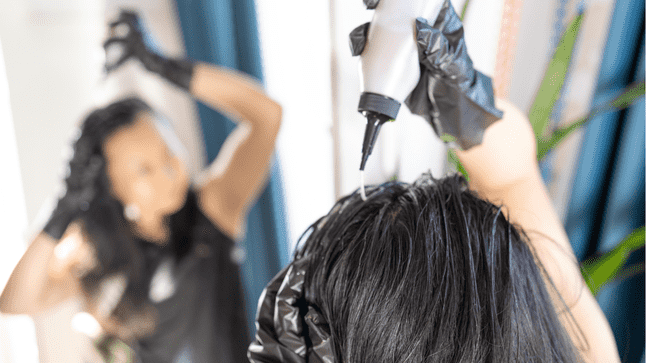
Hair Dye Ingredients
It is also crucial for consumers to understand the ingredients in their hair-dye products to mitigate potential over processing. Hair dye can contain harmful chemicals such as ammonia, hydrogen peroxide, and PPD. Below you will see each specific chemical broken down.
Ammonia: Aids in the color penetration of the hair cuticle.
Hydrogen Peroxide: A hair dye activator or developer that’s added to the color cream. This removes the natural or pre-existing color of the hair strands.
Paraphenylenediamine (PPD): A permanent dye that allows hair to be manipulated (shampooed or permed) without losing color. If you have sensitive skin, you may have a bad reaction to PPD specifically.
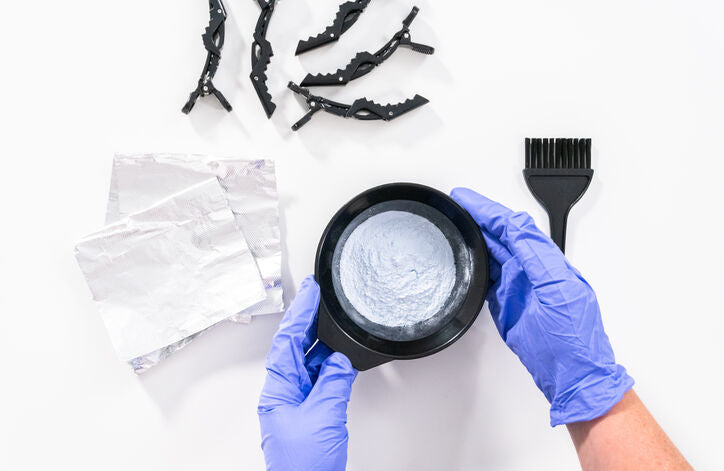
The continuous use of these chemicals can cause significant damage, including weakened hair structure, brittleness, and breakage. To maintain healthy hair, consult with a licensed hair specialist for proper hair dye application. Hair dye packages usually come in three parts or steps: the color, the activator, and the conditioner.
The color contains the pigments used to, as you might guess, color the hair. However, the pigments alone would only color the cuticle, the outermost part of the hair strand. To achieve a permanent new color, the dye must penetrate the layers of the hair shaft beyond the cuticle. That's where the color activator comes in.
@gabyhrndx Updated cherry red hair dye tutorial As always everyhting is linked in my bio! Don’t forget you guys can use my code: GABYHRNDXAF for off the @Arctic Fox website If you guys recreate please tag me in your videos #fyp #redhair #pelorojo #cherryredhair #afpartner #arcticfoxhaircolor #arcticfoxwrath #arcticfoxritual #cherryhair #cabelovermelho #foryou #parati #viral #cherrycokehair #redhairdye #tinterojo #burgundyhair #lorealhicolor #hairtok #latinacontentcreator #torontocontentcreator ♬ Jump - Tyla & Gunna & Skillibeng
The color activator typically contains ammonia or peroxide. Ammonia works by opening the hair cuticles, providing a path for the hair color to penetrate past the cuticle. Peroxide breaks down the hair's chemical bonds, removing the existing color and allowing the new color to replace it. Since peroxide breaks down the chemical components of your hair, sulfur is released in the process, which causes the odor many people encounter with hair coloring.
Ammonia Vs. Peroxide
Both ammonia and peroxide can cause damage to your hair. When combined, they can be particularly harsh. While there are many ammonia-free hair dyes available, most permanent dyes still contain peroxide. MEA (monoethanolamides) is a common ingredient used to replace ammonia in permanent dyes. It is a blend of alcohol and amine. However, MEA does not penetrate the hair as deeply as ammonia does, which can result in healthier, shinier hair since it does not open the hair shaft as aggressively.
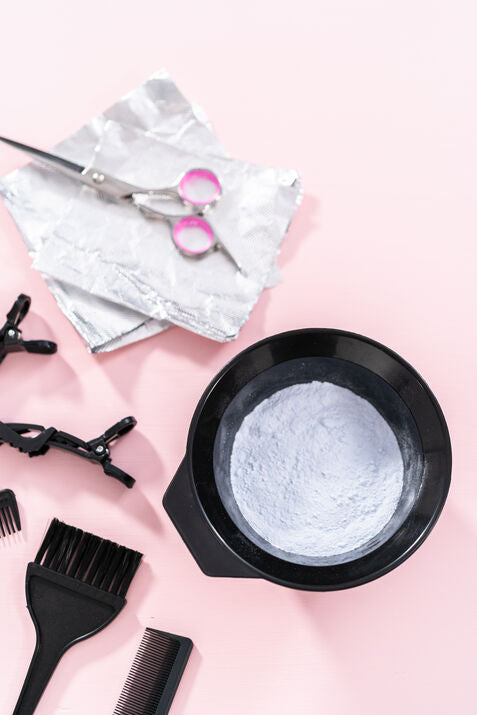
Lastly, there’s the conditioner included in some hair dye kits. This is used to provide moisture after the dyeing process. As discussed, coloring hair can be damaging, so repairing conditioners work to smooth and hydrate the hair shaft, leading to a healthier appearance. After dyeing your hair, you should adopt a color-specific hair care routine. Using a hydrating, color-safe shampoo and conditioner, and applying repairing hair masks once a week will help keep your hair healthy and beautiful.
If you’re considering coloring your hair or eyebrows but are still unsure, you should try Godefroy's Tint Kit. Godefroy’s hair tints are formulated without ammonia, and their eyelash and eyebrow tints do not contain ammonia or peroxide, making them safe to use around the eye area. These tints are an excellent choice for adding more definition to your brows and lashes, as well as for convenient root touch-ups.
Conclusion
In conclusion, while coloring your hair can be a great way to express yourself, it’s essential to be informed about the products you’re using. Whether you opt for traditional dyes or explore safer, ammonia-free alternatives, taking care of your hair afterward will ensure you enjoy the benefits without unnecessary damage. With options like Godefroy’s Tint Kit, achieving beautiful, vibrant hair or brows is easier and safer than ever before.
Read More
-

How Water, Chlorine, and Sunlight Affect Your Hair Color
Andrew CampbellLet’s be honest—once you’ve colored or bleached your hair, keeping it vibrant is basically a part-time job. Even with salon-grade formulas and sulfate-free shampoo, the...
-

Upcoming Beauty Trends: What to Look Out For in 2026
Emersen AdamsBeauty in 2026 is less about chasing a single “look” and more about building routines that fit your life and...
-

Exosomes in Skincare: The Next Big Thing?
Patricia UgaldeExosomes are having their moment right now in the skincare world; and for good reason. But some may be asking...



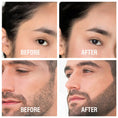
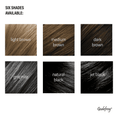
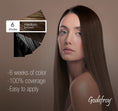

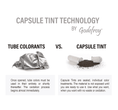
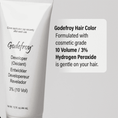
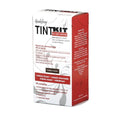
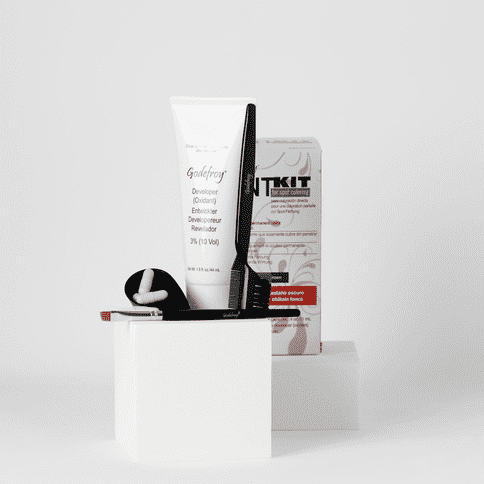
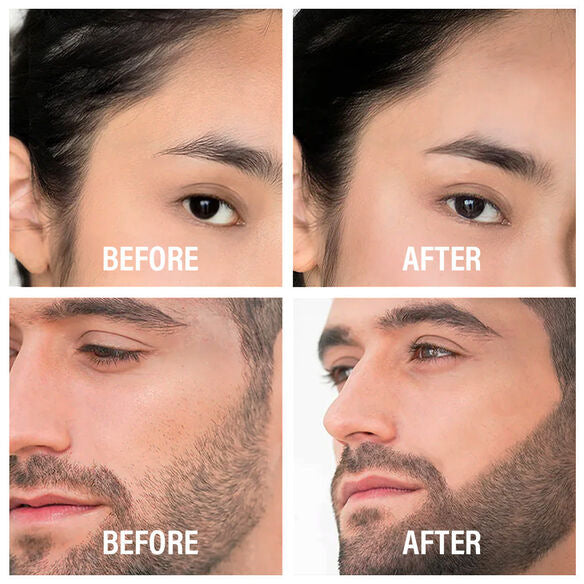
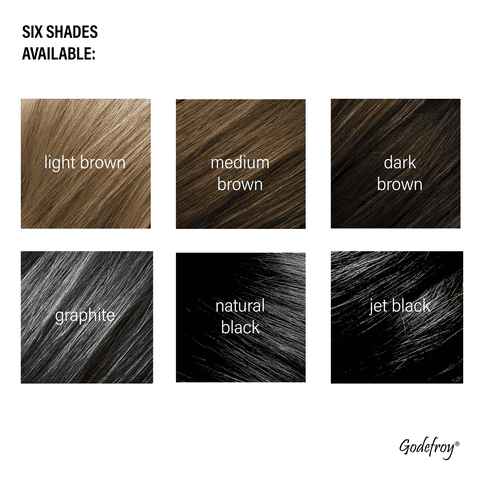
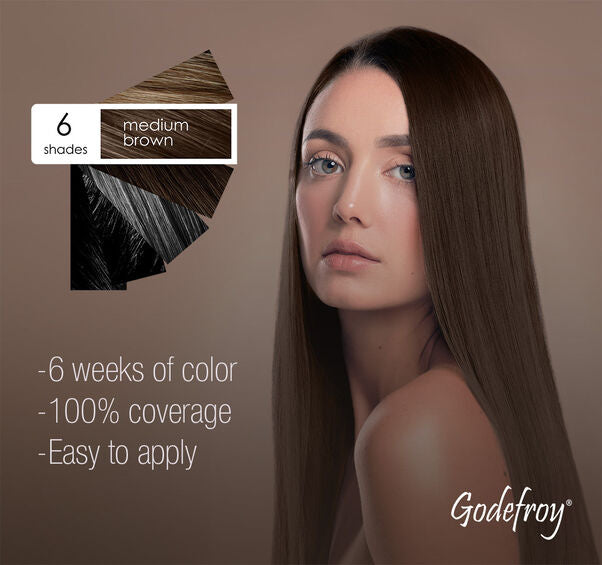

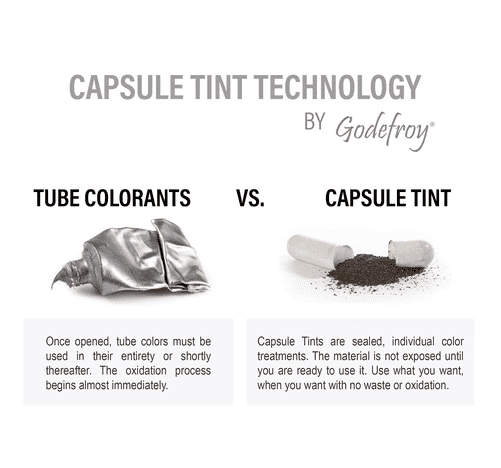
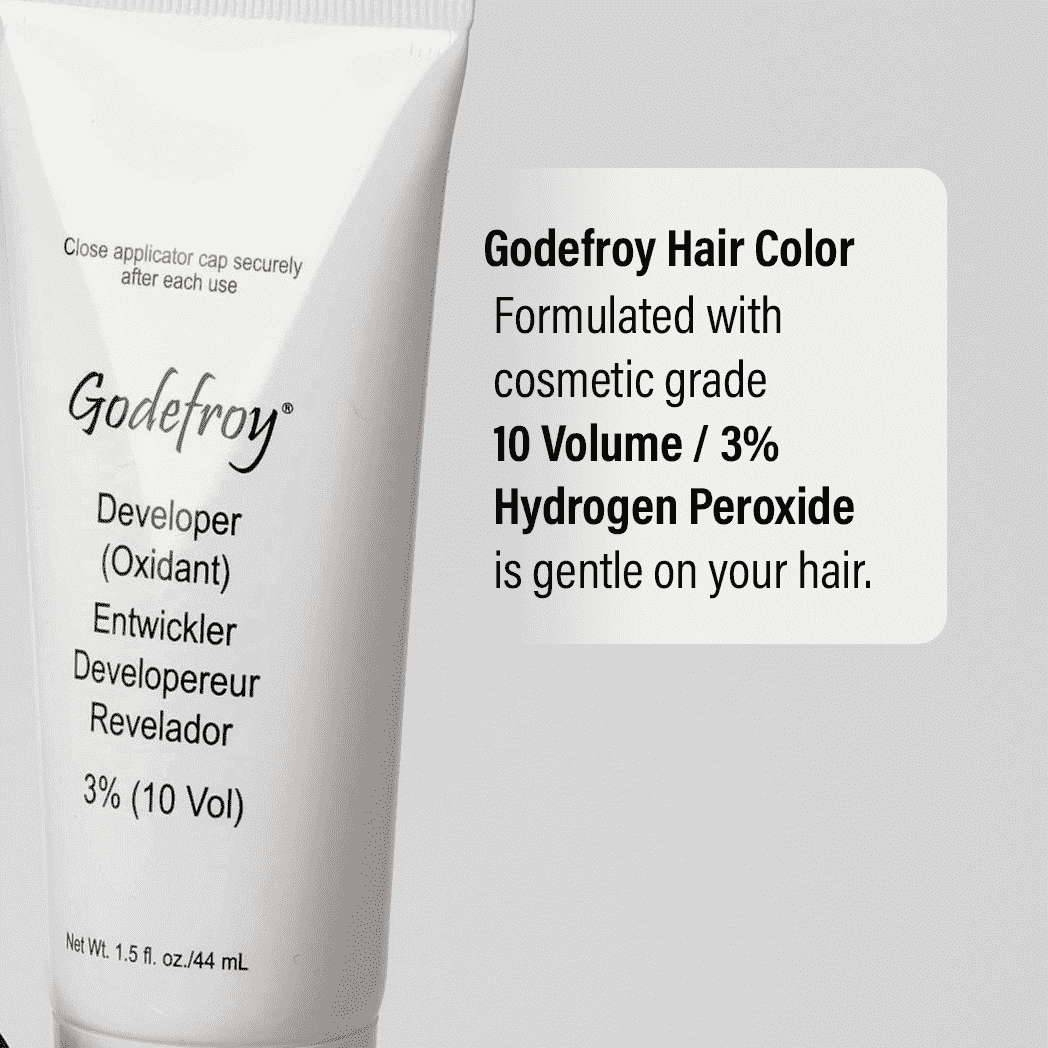




CAN HAIR DYE CAUSE HAIR DEATH?
Comment (1)
I would love to try your hair color and eyebrow tint. And mascara for my small eyelashes. My right side of my face, I had a stroke. So eyelashes won’t curl. Maybe your heated curler will do the trick